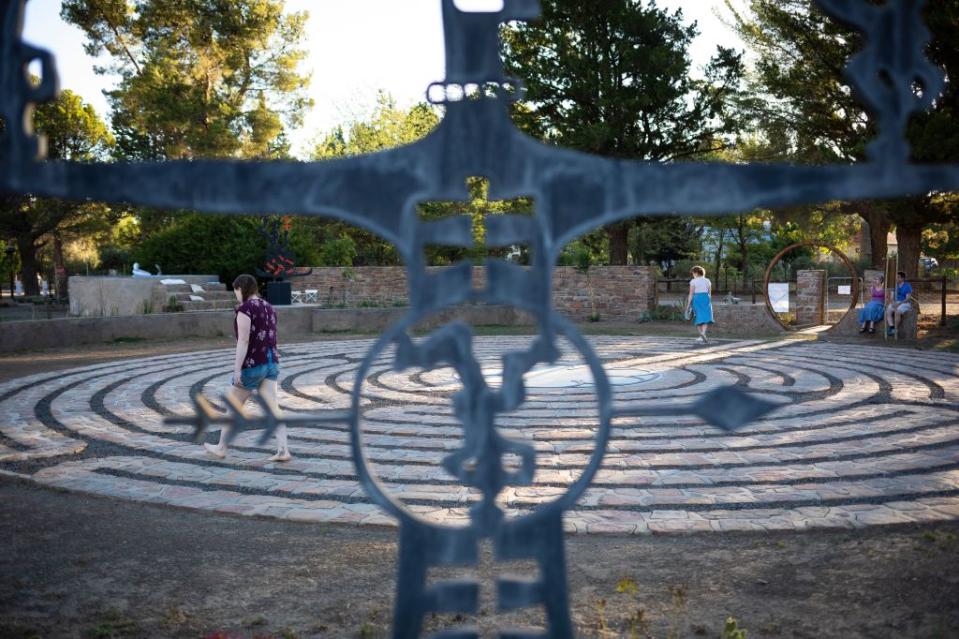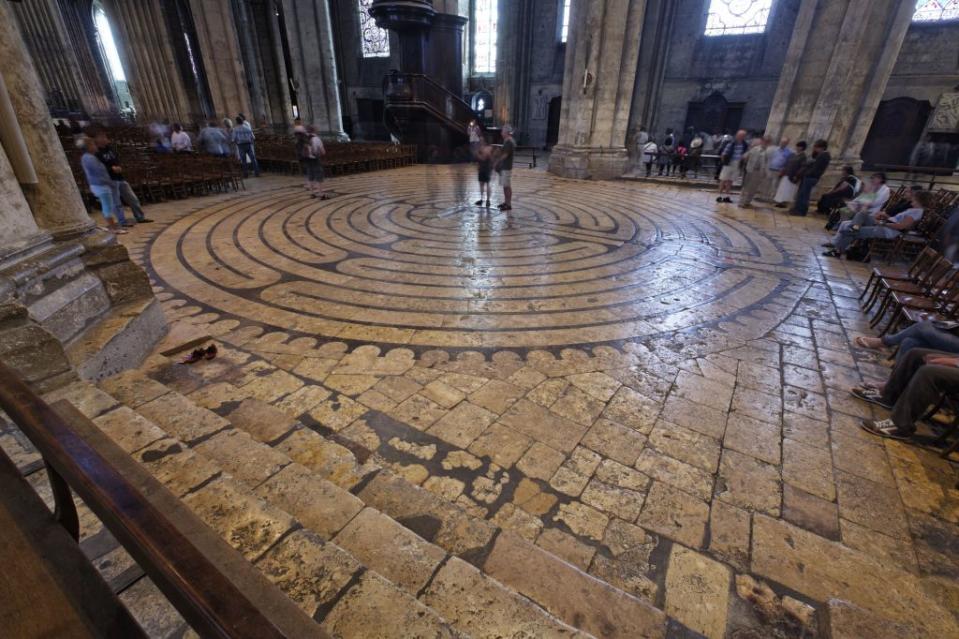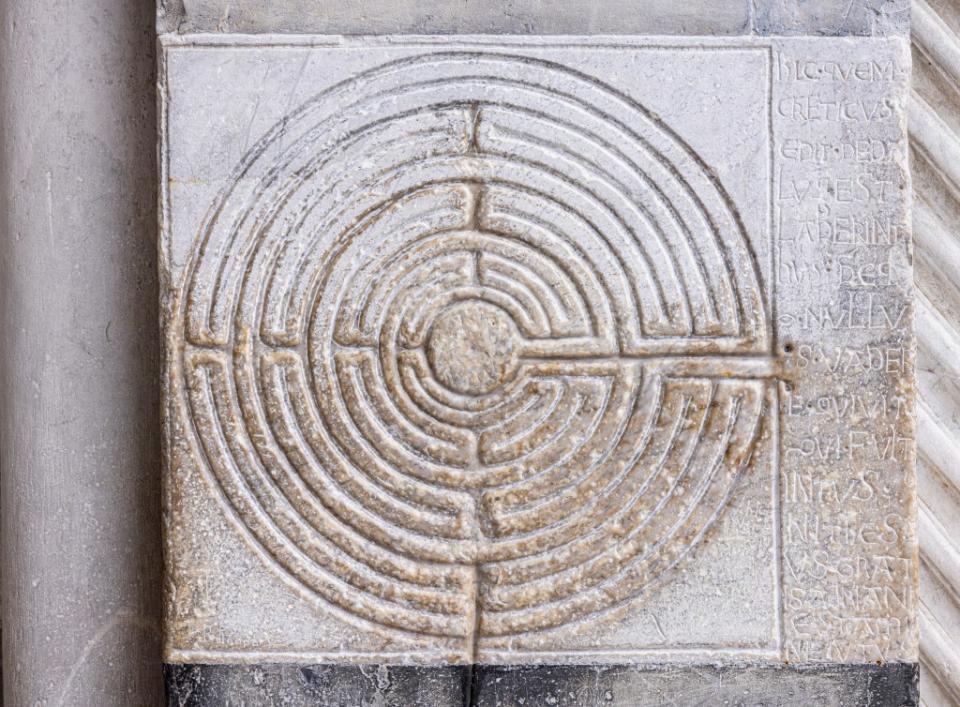This 4,000 year old practice could be what you need to beat stress

This is an a-maze-ing way to beat stress.
The ancient practice of walking in labyrinths has been increasingly popular for lowering anxiety and increasing well being, the BBC reported.
A labyrinth is “a meandering path, often unicursal, with a singular path leading to a center,” according to the Labyrinth Society. Though some may think of them as being synonymous with mazes, unlike a maze that has dead ends, all paths in the labyrinth lead back to the center no matter how complex it may seem.

“A maze is meant to make you lose your way and a labyrinth is meant to help you find your way,” Kathryn McLean, the research chair of the nonprofit Labyrinth Society told Gothamist.
“Labyrinths are an ancient archetype dating back 4,000 years or more, used symbolically, as a walking meditation, choreographed dance, or site of rituals and ceremony, among other things,” the Labyrinth Society explained on their website.
The oldest labyrinth we know of is dated around 1200 BCE and is carved on the back of a clay tablet from the Mycenaean palace at Pylos in southern Greece, Gothamist revealed. Some labyrinths from Spain are maybe 1,000 years older but historians aren’t certain of their exact date.
Labyrinths are seemingly everywhere. They have popped up on rock carvings, paintings, tiles and coins in Europe and North Africa. There’s evidence of labyrinths carved in the rock or sand or woven into baskets from Asia, the Americas and in southern Africa. In the Middle Ages as many as 25% of cathedrals had labyrinths, the BBC explained.
While labyrinth walking has been a movement meditation for thousands of years, there is modern research to suggest it is beneficial to mental health.

A study published last year in Frontiers in Psychology found that labyrinth walking helped ease stress of people during the COVID-19 pandemic.
“For people in hospitals and prisons, labyrinth walking as a mind-body integrative practice can be life-sustaining and healing in addition to traditional forms of medical treatment or counseling,” Jocelyn Shealy McGee, assistant professor in the Diana R. Garland School of Social Work at Baylor University in Texas, who was a researcher in the study, told the BBC.
“Our research found labyrinth walking can foster a sense of peace and other positive emotions, reduce stress, cultivate self-compassion and connection and provide an opportunity for reflection on one’s life and meaning making,” she added.
The study participants all walked a labyrinth on World Labyrinth Day which has taken place on the first Saturday in May since 2009. Although, labyrinth walking can be done at any time.

Should you want to follow in their footsteps, the Labyrinth Society has a tool called the World Labyrinth Locator that has a list of about 6,400 labyrinths.
If you happen to live in New York City, you have several labyrinths to choose from.
New York’s oldest labyrinth, built in 1928, is in Riverside Church on the Upper West Side, Gothamist reported.
Mace Anderson, a volunteer and a member of the church, told Gothamist last year that the church was paid for in part by the Rockefellers who sent architects of the church to the Chartres Cathedral in France to study an early 13th-century labyrinth there. Anderson said he first saw a labyrinth at a church in The Bronx and there is also a labyrinth at Broadway Presbyterian Church on the Upper West Side, Ascension Episcopal church in Greenpoint and Marble Collegiate Church in Flatiron.

Labyrinths exist beyond churches in NYC. There is a labyrinth by artist Diana Carulli in East River Park.
Artist Sarah Jones painted a labyrinth on the sidewalk at 505 Laguardia Place as part of the city Department of Transportation’s Urban Art Program.
Maria Hernandez Park in Bushwick also features a labyrinth by artist Camilla Gelpi who added it in 2007.
A labyrinth was also added to Battery Park in 2002 to commemorate 9/11.
Solve the daily Crossword

